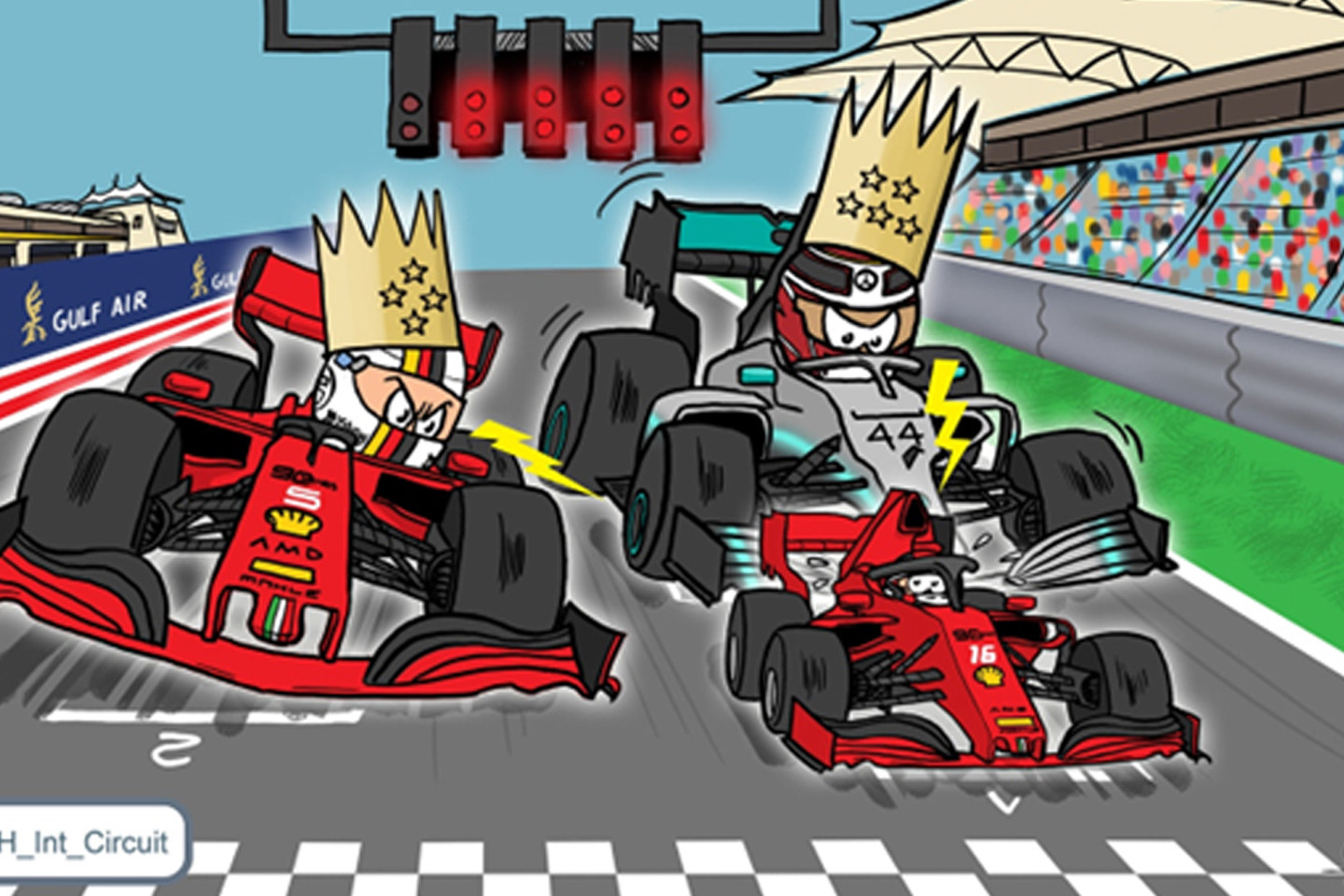A sport that benefitted from reality TV
Drivers, pit crews, and premier race cars criss-cross around the world to compete in the Formula 1 World Championship. In this man versus machine competition, cars can speed up to 300km/hr in 10 seconds, with pit crews trained to refuel and change tyres within 2 seconds. The racers shed almost 4 kgs during a 2-hour race through sheer sweat alone. And while zooming past the corners of the racetrack, drivers experience a load of 5G, which is five times their body weight.
Kicked off in 1950, Formula 1 is an arena that combines the capabilities of the drivers with the performance of their machines. These cars are incredibly hard to drive due to directed regulations, and an elite driver proves his worth by maximizing his automobile performance.
In the US, motorsport fans have always drifted towards their domestic NASCAR series. But with Netflix's 'Drive to Survive', Formula 1 has gained worldwide popularity. The hit docuseries gives the audience an extensive behind-the-scenes look at the drivers and the Formula 1 races. The unrevealed personal lives of the teams and their drivers have given the sport a new personality. While the enthusiastic racing fandom enjoys the technical aspects of the sport, Formula 1 draws a diverse crowd because of its talented drivers and unique storytelling.
Analysing the ratings of ‘Drive to Survive’, it is evident the series isn’t stopping anytime soon. The show has diversified Formula 1’s viewership base and will continue to do so as new seasons come out.

